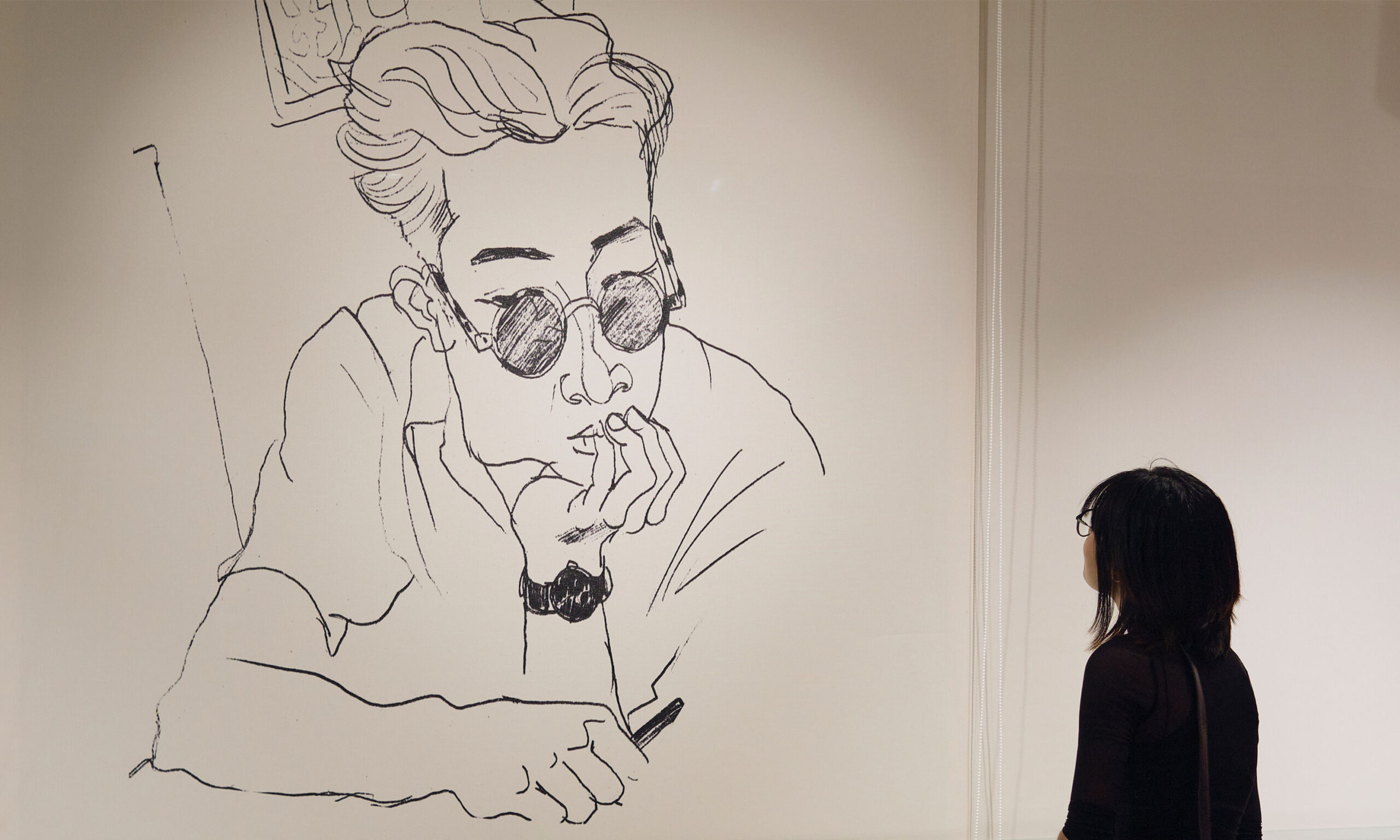The book
This book is a tribute to Trần Phúc Duyên, a master of Vietnamese lacquer art whose career spanned over five decades, including 40 years abroad. Born in Hanoi in 1923, Trần Phúc Duyên’s artistry reflects a deep sensitivity and a profound connection to nature, capturing the essence of Vietnam’s landscapes, cultural motifs, and traditional aesthetics. His work bridges Eastern lacquer techniques with Western artistic influences, forming a unique visual language that elevates Vietnamese lacquer to the level of fine art.
The creation of this book was a meticulous process, taking two years of collaboration with collectors and art experts. With numerous revisions to the book’s format, layout, and overall design, every decision was made to ensure that the beauty of Trần Phúc Duyên’s work is highlighted in the most effective way. More than just a collection of images, this book serves as an archival document, preserving his artistic legacy for future generations.
Through this publication, we hope to continue this mission, ensuring that Trần Phúc Duyên’s contributions are recognized and celebrated. This book is more than an art catalog—it is a bridge between past and present, bringing the work of an extraordinary artist back to the country that shaped his vision.







The exhibition
As part of this long journey to reintroduce Trần Phúc Duyên’s artistry to the Vietnamese community, the first-ever large-scale exhibition of his works was held in Sài Gòn in 2023. Họa Duyên Tương Ngộ—which translates to Fated Encounters—celebrated the 100th anniversary of his birth, presenting over 100 lacquer paintings, silk works, woodblock prints, and sketches spanning his entire career. This was the most comprehensive exhibition of his work to date, with many pieces being shown to the Vietnamese public for the first time.
The exhibition’s theme reflects the essence of Duyên (Fate), a concept deeply embedded in Vietnamese culture. It symbolizes the meaningful encounters that shape our lives—whether through people, ideas, or artistic inspirations. This philosophy was woven into the branding of Họa Duyên Tương Ngộ, with a fluid, script-style rendering of the word “Duyên,” evoking both the organic nature of fate and the grace and precision found in Trần Phúc Duyên’s art. The visual identity of the exhibition aimed not only to honor his legacy but also to foster new connections—between past and present, art and audience, tradition and innovation.

Họa Duyên Tương Ngộ – the most comprehensive exhibition of his work to date, with many pieces being shown to the Vietnamese public for the first time.









